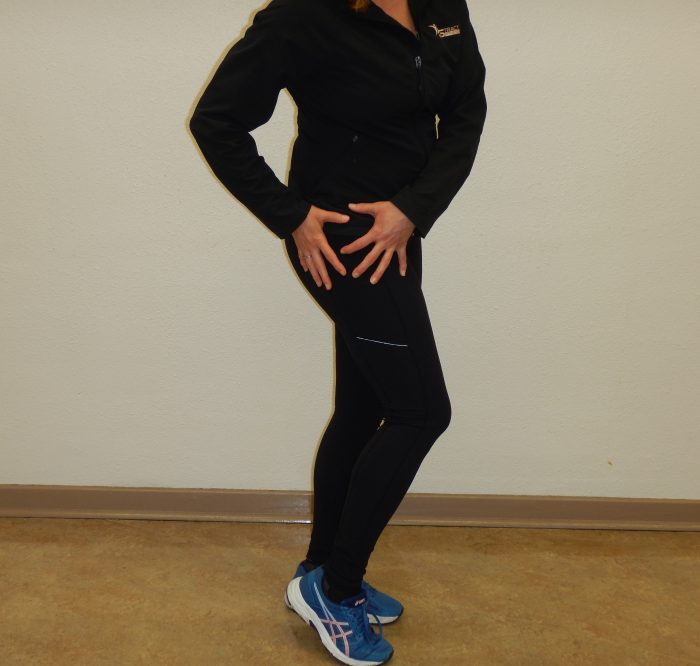Do You Have Joint Pain? Get 15 Solutions

Joint pain is very common and unfortunately in some cases, increases with age. Your body makes glucosamine but with time, it doesn’t produce it as much. Glucosamine is in your cartilage and helps create the proteins and fats that repair your cartilage when it’s damaged. With age, cartilage gets less flexible and can break down.

Glucosamine supplements help some people with joint pain and inflammation related to arthritis. In 2020, two separate studies came to an interesting conclusion: people who reported taking glucosamine supplements had positive health benefits beyond joint pain and inflammation related to arthritis. One of the two studies, published in the Annals of the Rheumatic Diseases, reported that regular glucosamine intake was associated with reduced risk of death from heart disease (18%), from cancer (6%), and from respiratory and digestive diseases (25%). (source: Nature’s Fare magazine October 2021 by Kate Rheaume, ND)
There are different reasons for joint pain:
Often, the pain can come with swelling, inflammation, stiffness, and loss of range of motion.

To save your joints and reduce your pain, there are a few tricks you can start doing now:
- Exercise is your best medicine. When you are in a lot of pain, switch your exercise program to an easier one such as chair yoga (get my chair yoga videos here). In good days, you can do a harder program but remember the 2 hours pain rule. If you are in pain 2 hours after the exercise program, you have pushed yourself too much. Next time, reduce the intensity. Indeed, if you take medication or Tylenol to reduce your pain, remember that you pain is hided by the medication. After the effect of the meds is over, you might feel more pain. Again, it is all about pacing yourself and not doing too much.
Read more: How Hard Should You Work Out? by Arthritis Foundation - Build muscle mass. The more muscles you have around joints, the more your joints are protected (and bones as well in case of a fall).
- Jump it out! Only if your body and joints can permit you, add some jumps to your exercise program. Jumping keep joints healthier by building more cartilage.
- Rebalance your muscles by consulting a Corrective Exercise Specialist or a Sport Therapist. I have helped many clients reducing their pain related to muscle imbalance. Read some testimonials here.
- Stand straight. Bad posture add stress to your body. Stretch tight muscles and strengthen the weaker ones to improve posture.
- Practice flexibility exercises daily. Increasing your flexibility will improve your range of motion and decrease your pain. Tight muscles pull on joints and create pain. Use my 20-Minute Stretch Yoga videos here.
- Maintain healthy weight. Extra pounds add more stress to your joints and can damage them in long term. There are more obese people in Canada and that is one of the reasons why we see more knee and hip replacements.

- Reduce stress. Stress increases inflammation and bone loss. Find the source of your stress and try to manage it. Go for a walk in nature, practice meditation and yoga anytime your feel stressed. Use my Yoga videos here.
- Acupuncture. The needles can go right at the region of pain and do electro stimulation.
- Take vitamin D3 daily, with your breakfast, and increase your dose in winter.

- Add turmeric to your diet. You can add turmeric in food: get free recipes here. You can also take turmeric supplements but make sure you take it with food (it is better absorbed with fat).
- Are you considering cannabis? Read more here: What to know about CBD for inflammation by Medical News Today.
- Medication. Your physician or a rheumatologist can help you find the right drug to reduce your pain and inflammation.
- Joint replacement. A lot of people are afraid of the operation, but trust me, you will get your life back! It is important to do your exercise before and after your surgery.
- You are what you eat. Healthy diet is key to reduce pain and inflammation. I remember a few years ago, I had so much inflammation in my body and I was too often in pain. I have decided to eat a plant-based diet. In only 3 weeks, my inflammation and pain were gone. Some animal products create inflammation in the body.
Read more here:
5 Foods That Can Cause Inflammation by Cleveland Clinic
Your Good Food Guide by Arthritis Society Canada
6 Foods That Cause Inflammation by Healthline
Anytime you add supplements to your daily diet, consult your health care provider (pharmacist, physician, naturopath, rheumatologist) to know how much you should take. Make sure there is no interaction with your other medications; your pharmacist can assist you. Regarding the glucosamine, look for glucosamine sulphate witch is generally safe, although not suitable for people with shellfish allergies. For joint pain, take 1,500 mg per day ( source: Nature’s Fare magazine October 2021 by Kate Rheaume, ND).
I hope my tips will help you to manage and reduce your daily pain.
